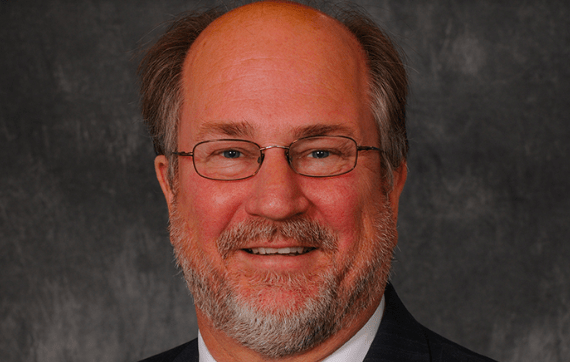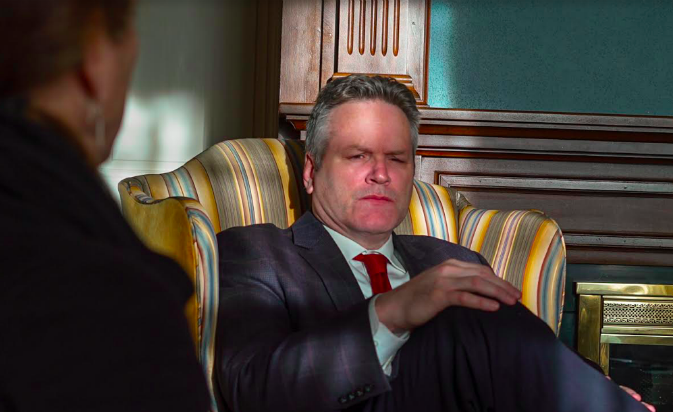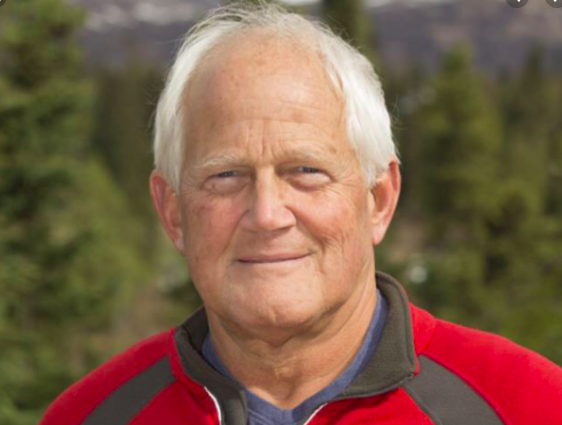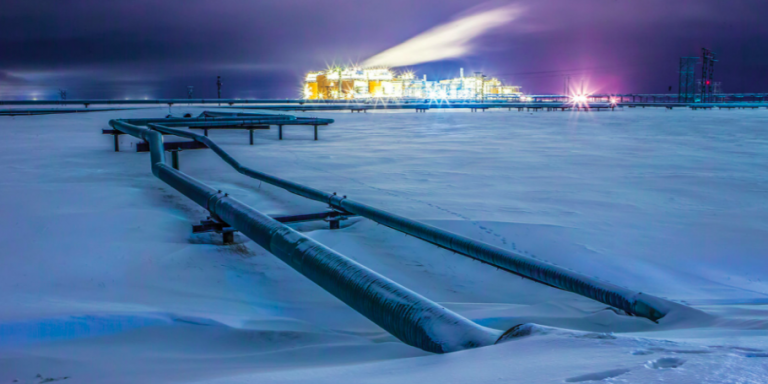By GLEN KLINKHART
Many people are not aware that in January of this year I was asked to go and to work at the Alaska Psychiatric Institute (API) as an interim executive by the State of Alaska. My directive was simple: Don’t let anyone die, and keep staff and patients safe. That was it.
Upon my arrival I realized I was there to do so much more. I began with what every police officer and first responder does on a regular basis; go to where there is chaos and stop the chaos. And API had lot of chaos.
There was a skeleton crew of administrators and medical staff, many of whom were in multiple acting positions, very difficult patients, many of whom had nowhere else to go, and a group of doctors, nurses, and staff who were often physically and emotionally afraid to be at work.
The hospital had been under extreme pressure and audits by multiple State and Federal agencies. I saw with my own eyes how the situation was becoming so dire there was a real possibility of the hospital losing its license and accreditation.
One of the other things I discovered as I attempted to keep employees hopeful and safe was the people of API are some of the most dedicated folks I have ever had the pleasure to work with. The low pay, the high turnover, and working with some of the most difficult and vulnerable patients in Alaska did not deter them from doing their best under extremely difficult conditions.
On those days where I myself would struggle to find hope amongst the chaos, I would have to stop and realize many of the API staff had been working in these difficult conditions for several years. My few months were nothing compared to their lengthy ordeal.
Earlier this month, the State of Alaska formally announced API had overcome many of their most critical situations including their accreditation/licensing. More doctors and nurses have been hired, more patients are being cared for, and for the first time since my arrival people told me they feel safer and they feel heard.
All of the credit for the turnaround at API goes to those people who stayed in the chaos, who stayed in the fight, and who work at, and with, API because they know they are making a difference in the lives of Alaska’s most challenged and vulnerable citizens.
Last week I was told by several staff members many of them did not want to see me to leave. My response was simple. I told them my leaving was a really good thing for them and the hospital. My leaving means they now control the chaos, chaos no longer controls them, and someone, somewhere else, needs me more than API does.
To everyone at API, thank you for letting me be a small part of your wonderful hospital and your amazing lives.
(Glen Klinkhart wrote this as an Alaskan; his opinions do not represent those of the Department of Health and Social Services.)









